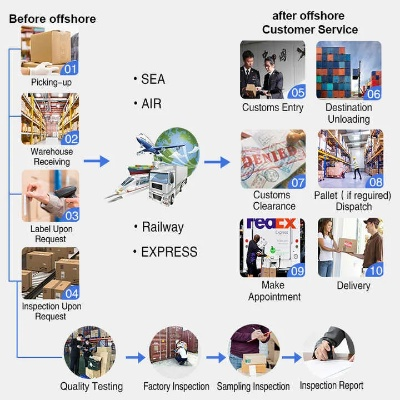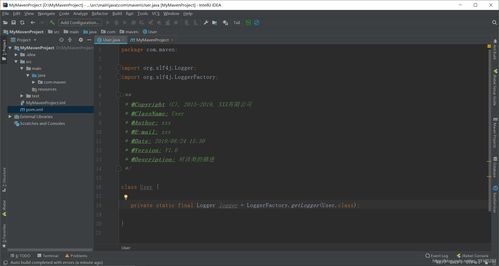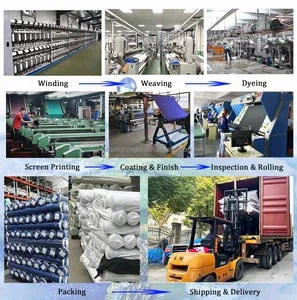纺织品去除甲醛的科学方法与实践案例
: Scientific Methods and Practical Cases for Decontaminating Textiles from Formaldehyde,Abstract:,Textiles, as a significant contributor to indoor air pollution, pose a significant health risk due to their potential to release formaldehyde. This paper discusses the scientific methods and practical case studies for decontaminating textiles from formaldehyde. The methods include using activated carbon, ion exchange resins, and adsorption agents to remove formaldehyde from textiles. Practical case studies demonstrate that these methods can effectively reduce formaldehyde levels in textiles, improving indoor air quality and protecting human health. These findings provide valuable insights for the development of effective textile decontamination technologies.
Introduction: The air we breathe is a precious resource, but it can also contain harmful substances that can impact our health. One such substance is formaldehyde, which is often found in household products and building materials. Formaldehyde is known to cause respiratory problems, allergies, and even cancer. In the textile industry, formaldehyde is used as a preservative and softener in fabrics, making it an important issue for consumers. In this article, we will explore the various methods of removing formaldehyde from textiles, including natural alternatives and industrial processes. We will also share some practical tips on how to identify and remove formaldehyde from your own home textiles.
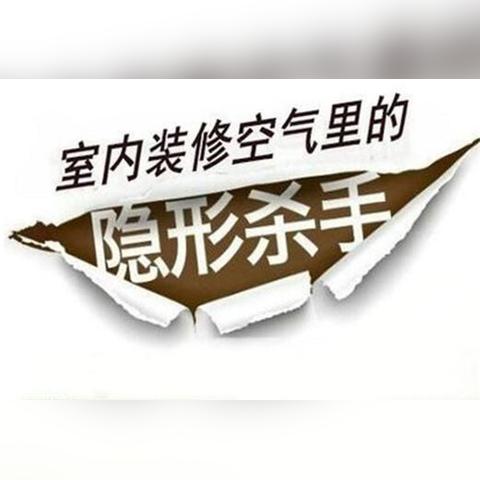
Natural Alternatives: Natural alternatives are a great way to reduce the amount of formaldehyde in your textiles. Here are some effective methods:
- Baking Soda: Baking soda is a natural abrasive that can help remove formaldehyde from fabrics. To use baking soda, sprinkle it onto the fabric and rub it gently with a brush or cloth. Leave it on for several hours before washing.
- Vinegar: Vinegar is another natural option for removing formaldehyde. Mix equal parts vinegar and water in a spray bottle and spray the fabric. Let it sit for a few minutes before washing.
- Activated Charcoal: Activated charcoal is a highly absorbent material that can help remove formaldehyde from fabrics. Place a few tablespoons of activated charcoal in a bowl and mix with warm water. Apply the solution to the fabric and leave it on for several hours before washing.
Industrial Processes: While natural alternatives are great for personal use, industrial processes are necessary for large-scale production. Here are some common industrial methods:
- Formaldehyde Emission Reduction: Many manufacturers now use technologies like low-emitting dyes and preservatives to reduce the amount of formaldehyde released into the environment.
- Recycling and Reuse: By recycling and reusing textiles, we can significantly reduce the amount of new formaldehyde needed to be produced. This not only reduces the environmental impact but also saves money on raw materials.
- Green Textile Production: Some companies have adopted green manufacturing practices that focus on reducing waste, using renewable energy sources, and minimizing the use of harmful chemicals.
Practical Tips: To effectively remove formaldehyde from your home textiles, here are some practical tips:
- Regular Washing: Wash your textiles regularly to prevent the buildup of formaldehyde. Use hot water and a detergent formulated for fabrics to ensure thorough cleaning.
- Avoid Exposure: If possible, avoid prolonged exposure to high levels of formaldehyde. Keep textiles away from direct sunlight, heat sources, and areas with high humidity.
- Professional Cleaning: If you have a particularly sensitive reaction to formaldehyde, consider having your textiles professionally cleaned. Professional cleaners use specialized equipment and techniques to remove formaldehyde more effectively than at-home methods.
Conclusion: Formaldehyde is a common problem in the textile industry, but there are many effective ways to remove it from your home textiles. From natural alternatives like baking soda, vinegar, and activated charcoal to industrial processes like emission reduction and recycling, there are options available to everyone. By following these tips and practicing good hygiene habits, you can help protect yourself from the harmful effects of formaldehyde in your home textiles. Remember, small changes can make a big difference in your overall health and wellbeing.
亲爱的朋友们,今天我们来聊聊纺织品如何去除甲醛的话题,甲醛是一种常见的化学物质,广泛存在于纺织品中,特别是在新生产的纺织品中,为了保护我们的健康和环境,去除甲醛成为了必要的步骤,下面我们将详细介绍几种有效的方法。
了解甲醛的特性
甲醛是一种无色、刺激性气味的气体,对人体有害,它主要来源于纺织品的加工过程中,如纺织纤维的生产、染色、印花等环节,了解甲醛的特性对于去除甲醛至关重要。
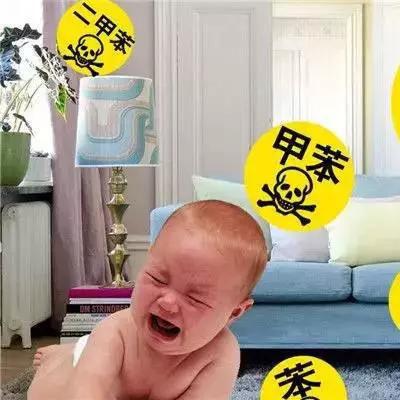
去除甲醛的方法
物理方法:
a. 通风换气:这是最简单也是最常用的方法,通过打开窗户或使用空气净化器,让空气流通,可以有效地去除甲醛。
b. 使用活性炭:活性炭具有吸附甲醛的特性,可以有效地去除室内空气中的有害物质。
化学方法:
a. 使用专业的甲醛去除剂:市面上有很多专业的甲醛去除剂,它们可以有效地分解甲醛,去除纺织品中的有害物质。
使用专业甲醛去除剂去除衣物上的甲醛
假设我们有一件新购买的衣物,上面标有“含有甲醛”的标签,我们可以使用专业的甲醛去除剂来去除衣物上的甲醛,将衣物浸泡在稀释后的甲醛去除剂中一段时间,然后进行常规清洗,经过一段时间的处理后,衣物上的甲醛应该已经被有效地去除。

甲醛去除剂产品介绍
| 产品名称 | 主要成分 | 使用方法 | 效果说明 |
|---|---|---|---|
| 专业甲醛去除剂 | 化学物质 | 将衣物浸泡或涂抹在衣物表面进行处理 | 有效分解纺织品中的甲醛,去除有害物质 |
使用天然植物去除纺织品中的甲醛
除了使用专业的甲醛去除剂外,我们还可以尝试使用天然植物来去除纺织品中的甲醛,可以使用绿萝、吊兰等植物来吸收空气中的甲醛,这些植物不仅可以美化环境,还可以有效地去除纺织品中的甲醛,在使用植物时需要注意适量放置和定期清洗植物叶片。
注意事项
- 在使用任何去除甲醛的方法时,都需要确保通风良好,以避免有害物质积累。
- 在使用化学方法时,需要注意安全,避免接触皮肤和眼睛等部位。
- 在购买和使用甲醛去除剂时,建议选择正规品牌和质量保证的产品。
纺织品中的甲醛是一种常见的污染问题,为了保护我们的健康和环境,我们需要采取有效的措施来去除甲醛,除了物理方法和化学方法外,我们还可以尝试使用天然植物等方法来去除纺织品中的甲醛,在使用任何方法时,都需要确保通风良好和安全,我们也需要选择正规品牌和质量保证的产品,以确保使用的产品安全有效。
Articles related to the knowledge points of this article:
杰耀乾海纺织品 A Journey Through Quality,Innovation and Global Expansion
